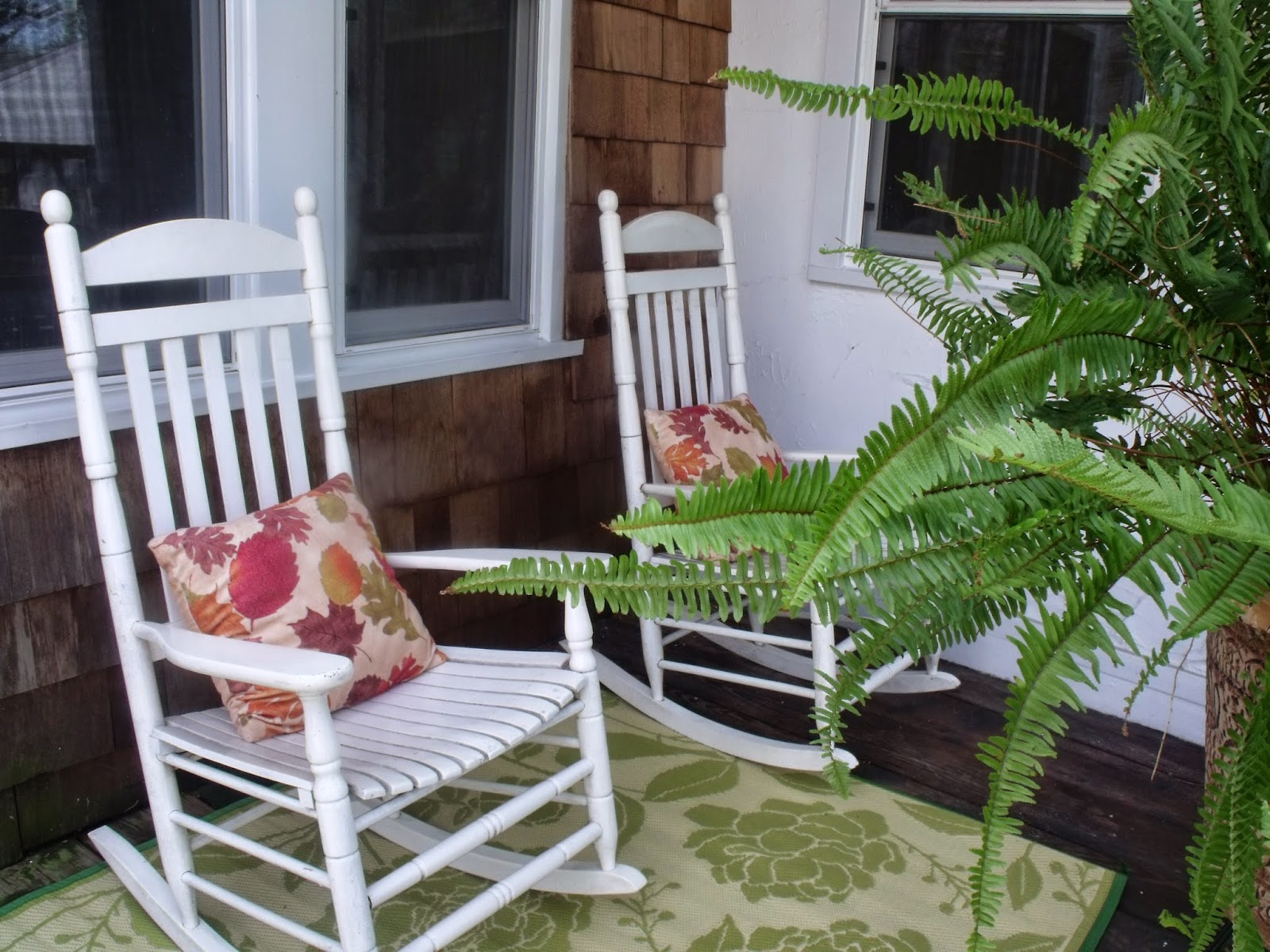 "I wish I had a remote control to make him or her stop doing _________." But, of course, no such thing exists. Still, that hasn't stopped me from trying to rescue, fix, or please someone to the point of personal neglect, exhaustion, or mental anguish.
"I wish I had a remote control to make him or her stop doing _________." But, of course, no such thing exists. Still, that hasn't stopped me from trying to rescue, fix, or please someone to the point of personal neglect, exhaustion, or mental anguish.
So this week, I added participation in a 10-week
co-dependency group therapy program to some of the steps I’m taking to create a
more positive life. The stated goals of the class seem to fit well with many DBT
skills I practice every day—especially self-care
and interpersonal effectiveness skills
such as assertiveness, asking for what I need, saying no, and coping with interpersonal
conflict.
I don’t think I’m alone
in having people in my life—past and present—who blame, manipulate, control,
use, and abuse. I’m sure you know what I mean. It could be a boss,
relative, co-worker, church leader, spouse, or friend.
Where I differ from many
people, however, is that I often forego healthy personal boundaries and self-care to please others, control
circumstances and outcomes for others, fix problems, and think about others and their problems obsessively. That is, until I get completely burnt out and exhausted. Then I
just say “I don’t care anymore!” But, of course, I do.
I’m trusting that somewhere
in the "wise mind" middle—neither living to fix, please, or control people in order to "make everything okay" nor being completely
self-centered—is a life worth living. Since this site is dedicated to Dialectical
Behavioral Therapy, my posts over the next 10 weeks will focus on those DBT
skills which I find most helpful and complementary to decreasing
co-dependency behaviors.












